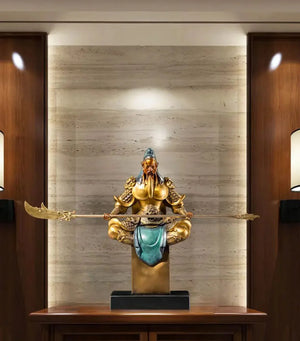
html
Chinese Copper Decorations: A Fusion of Art and Tradition
Chinese copper decorations are a testament to the country’s rich cultural heritage and artistic prowess. For centuries, copper has been a favored material in Chinese craftsmanship, valued for its durability, malleability, and warm, lustrous appearance. From intricate household items to grand architectural elements, copper decorations have played a significant role in shaping China’s aesthetic traditions.
The Historical Significance of Copper in China
Copper has been used in China since ancient times, with artifacts dating back to the Shang Dynasty (1600–1046 BCE). Early Chinese artisans mastered the art of casting and engraving copper, creating everything from ritual vessels to decorative ornaments. The Bronze Age in China marked a golden era for copper craftsmanship, with techniques like lost-wax casting and inlay work reaching remarkable levels of sophistication.
Traditional Techniques in Copper Decoration
Chinese copper decorations are renowned for their exquisite craftsmanship. Some of the most notable techniques include:
- Repoussé: A method of hammering designs from the reverse side to create raised patterns
- Chasing: Refining and detailing the front surface of the metal
- Inlay: Embedding other materials like silver or gold into the copper surface
- Patination: Creating colorful surface finishes through chemical treatments
Keyword: Chinese copper decorations
Common Forms of Chinese Copper Decorations
Chinese copper artistry manifests in various forms, each with its own cultural significance:
Architectural Elements
Copper has long been used in traditional Chinese architecture for roof ornaments, door fittings, and window decorations. The Forbidden City in Beijing features numerous examples of exquisite copper work.
Household Items
From incense burners to tea sets, copper items were prized in Chinese homes for both their beauty and functionality. Many pieces featured auspicious symbols and intricate patterns.
Religious and Ritual Objects
Copper played a vital role in religious ceremonies, with temples using copper statues, bells, and ritual vessels. Buddhist and Taoist traditions particularly favored copper for its symbolic qualities.
The Modern Revival of Copper Artistry
Today, there’s a renewed interest in traditional Chinese copper decorations. Contemporary artists are blending ancient techniques with modern designs, creating pieces that appeal to both collectors and interior designers. This revival ensures that China’s copper craftsmanship continues to evolve while maintaining its cultural roots.
Whether as antique treasures or contemporary art pieces, Chinese copper decorations remain a beautiful fusion of artistic expression and cultural tradition, offering a tangible connection to China’s rich heritage.
